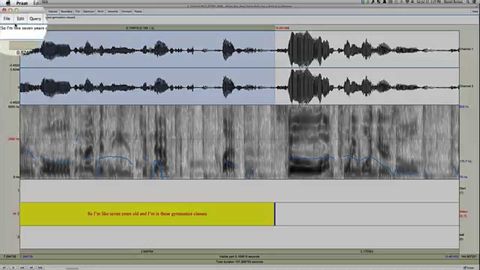
Subtitles & vocabulary
How to Improve your English Listening Skills
00
Hhart Budha posted on 2014/06/16Save
Video vocabulary
record
US /ˈrekərd/
・
UK /'rekɔ:d/
- Noun (Countable/Uncountable)
- Highest or most extreme level achieved
- Round plastic disc on which music has been stored
- Transitive Verb
- To indicate a temperature, speed, etc.; register
- To write down or say what happened
A1TOEIC
More English
US /ˈɪŋɡlɪʃ/
・
UK /ˈɪŋglɪʃ/
- Uncountable Noun
- Language of the UK, USA, Nigeria and elsewhere
- Proper Noun
- Person's name
A1
More word
US /wɚd/
・
UK /wɜ:d/
- Noun (Countable/Uncountable)
- Unit of language that has a meaning
- Promise
- Transitive Verb
- To express something by choosing particular words
A1
More option
US /ˈɑpʃən/
・
UK /'ɒpʃn/
- Noun (Countable/Uncountable)
- A choice
- A right to buy or sell something at a particular price within a particular period.
A2TOEIC
More Use Energy
Unlock All Vocabulary
Unlock pronunciation, explanations, and filters
